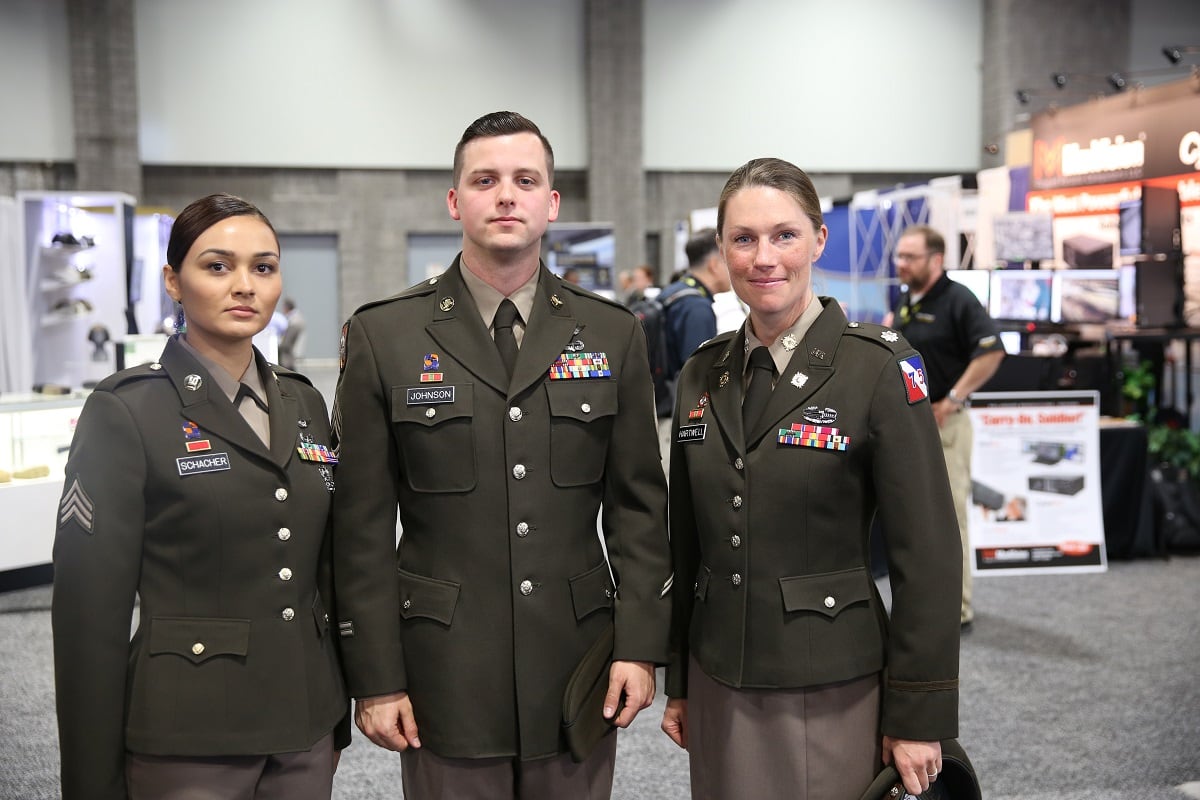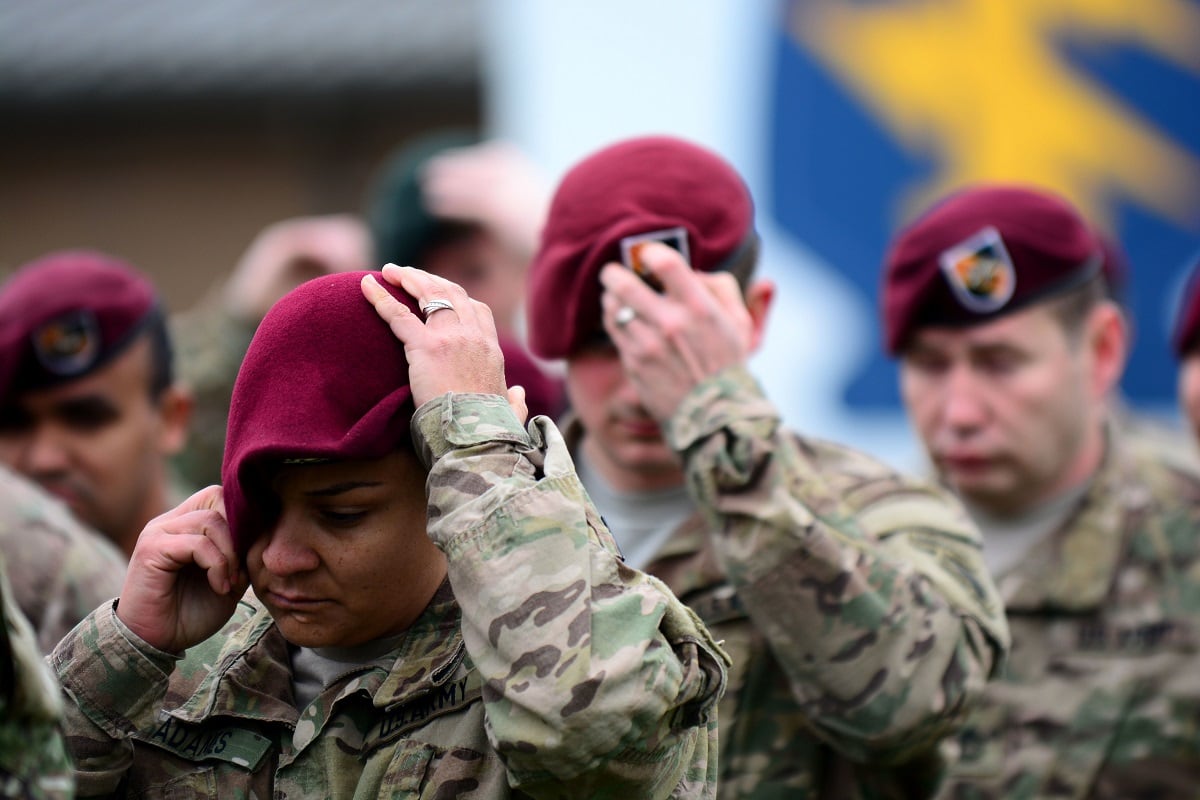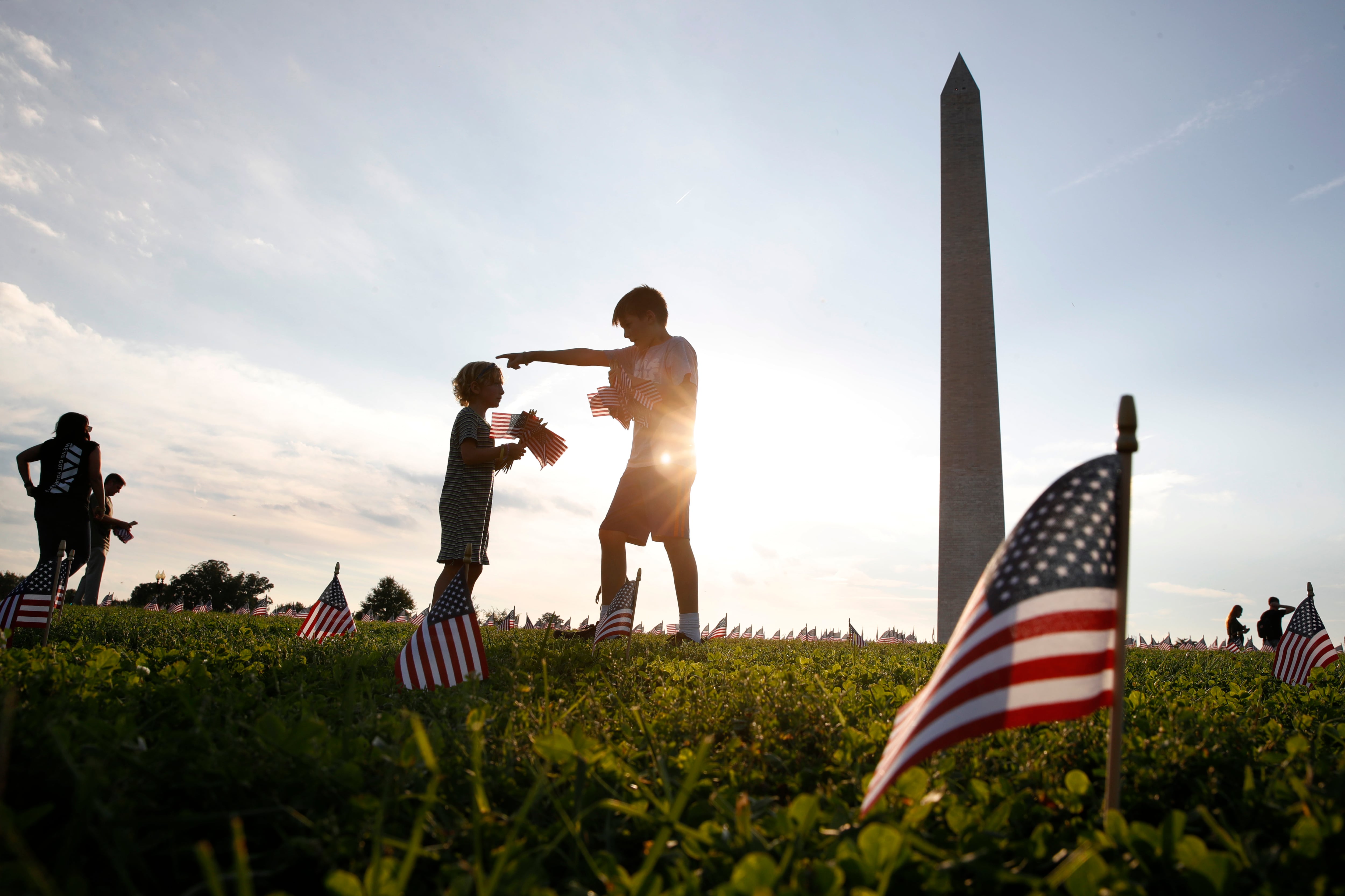Editor’s note: The following is an opinion piece. The writer is not employed by Army Times, and the views expressed here do not necessarily represent those of Army Times or its editorial staff.
If you’ve been in the Army long enough, you get accustomed to just accepting certain decisions as they are, regardless of whether they make sense or not. That’s just what you do. You follow orders, set the example for your soldiers, and drive on. It’s one of the fundamental principles of the military, and it’s why we’ve been generally successful, despite some recent strategic missteps.
Recently though, I found myself asking more questions than usual, particularly in reference to the recent decision to give the members of the Army’s newest type of unit, the Security Force Assistance Brigades or SFABs, berets and a new tab for their uniform. It seemed like too much, too forced and completely unnecessary.
It caused a s--t storm of sorts, with Special Forces members upset because the berets look way too much like the iconic green beret for which they are known, a petition that was started that now has more than 88,000 signatures against the new berets, and just a lot of confusion as to why on earth the Army would force this down our throats.
Then I read an article about the Army bringing back the World War II-era “pinks and greens” dress uniform. It’s hard to believe that we are looking at new uniforms just a mere two years after the wear-out date on the green dress uniform, not to mention the 10-year-old combat uniform that was virtually useless in every environment, that failed the evaluations and yet was still selected.
Can the powers that be actually think this is a priority right now?

As soldiers, we look to our left and right and say “did you ask for this?” “Heck no, did you ask for this?” trying to figure out why the Army would think this was necessary and why they think soldiers would want this. The Army has a real crisis on its hands trying to build back up a force depleted by a decade and a half of war. Training resources are scarce, soldiers need better equipment and a clear mission, things that actually make a difference. We want opportunities to do what we do best, to advance based on merit, and to feel that our leadership has our back.
Have we reached peak Instagram-ization of the world, where we are more concerned about what our military looks like than we are about how it fights? Or perhaps maybe our senior leadership feels that we just haven’t quite found the perfect uniform yet, but boy, when we do, everything is going to fall into place.
I think it’s more likely that generals and sergeants major have retreated to just focusing on easy-to-reach aesthetic items that make it look like the Army is changing, ignoring the tough fix of dealing with a crisis of leadership and direction. To me, that’s the general feeling among the majority of my troops, especially when units are receiving soldiers who graduate basic training unable to pass a physical fitness test, have no field skills, but have had days of cultural sensitivity training, anti-bullying training and other “politically correct” training.
Some ideal places to start would be: revamping NCOES courses to actually teach leadership and critical decision making instead of being focused on computer games; finally implementing a real physical fitness program instead of talking about it for decades; giving units resources to conduct realistic training; and empowering and trusting the few remaining experienced and combat veteran mid-level leaders that haven’t left the Army out of frustration.
RELATED

In the last 20 years, I’ve seen many trends in the Army, but never have I been more concerned by what senior leaders are focusing on.
As mid-level leaders, E-6 to E-7 and O-2 to O-3, we see what is needed every day at our units, have tried to raise the alarm, but we are just told to shut up and do our jobs.
Our senior leaders are distracted from critical tasks by trying to figure out what color to make the new beret and figuring out why their offices are covered in fabric swatches, instead of making the hard decision to determine what the Army needs to be ready to fight and win.
This stagnation is not what we need as we go through this critical transition from fighting two confusing wars, to continuing to fight two confusing wars, while possibly getting ready to fight a large conventional war with Russia or North Korea. It’s time the Army brings the focus back to solving its real problems and start to make some real progress.

Staff Sgt. Matt Pelak has more than 20 years in the Army and has served as an airborne infantry squad leader and Long Range Surveillance team leader, with several deployments. He is now in the National Guard.





